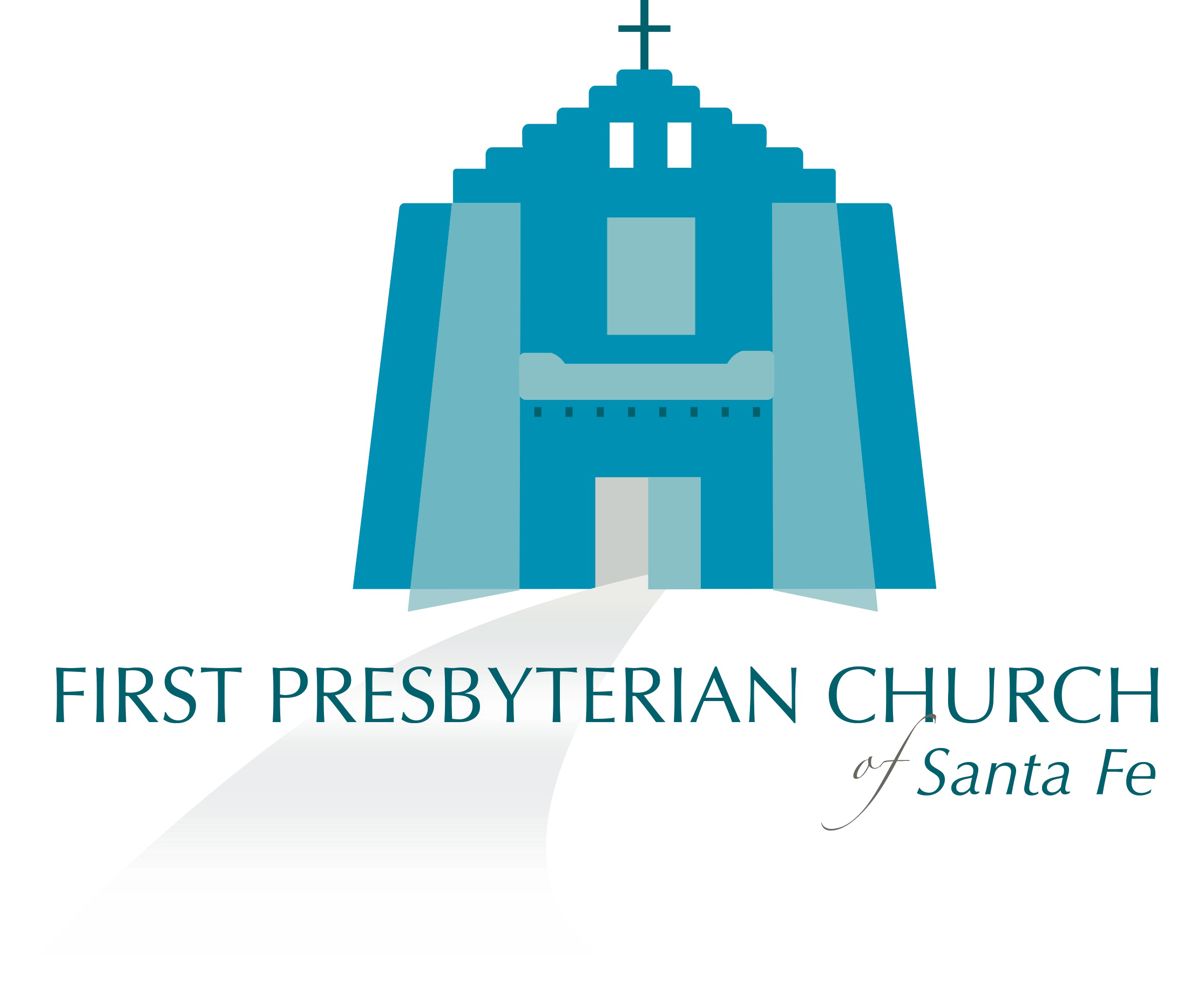The beginning of the twentieth century was marked with the challenges of adversity. In the nation there was the financial panic in 1907 and World War I.
Becoming Self-Supporting
The First Presbyterian Church only had 66 members as the century began. However, under the leadership of the Rev. W. Hayes Moore, the church became self-supporting in 1902. The church was then able to have regularly installed pastors rather than missionary pastors assigned by a mission board.
Squeaky metal folding chairs were used for seating in the church. Moore very much wanted to replace the noisy chairs with pews. After Moore died from tuberculosis in 1904, the townspeople joined together to raise the funds to purchase pews in his honor.
Building Expanded, New Pipe Organ
The building was expanded in 1906. It needed space for the Primary Department of the Sabbath School and a new 13-stop pipe organ made by the Hook and Hastings Co. of Boston.
The church caught fire in 1907 and sustained considerable damage, although the new pipe organ escaped damage. The organ was electrified in 1921 after the janitor one Sunday went to sleep on his pumping chores.
In the 1920s a piece of land 60-feet wide was transferred from the mission school to the church so that a new manse could be built. A few years later an addition northwest of the church was built that became Pope Hall, named in honor of an active church member who was a prominent New Mexico Judge.
